Eletech Azrael – Versa Copper FlexiMax IEM Cable
Eletech Azrael is a $279 USD cable for IEMS made of copper, available with Versa connectors (so it can connect to both 2-Pin and MMCX connectors), and with a Ultra High Purity OCC Copper material as the main conductor. This is a cryogenically treated copper, and today we will review the Azrael cable, and compare it to other high-quality IEM cables, including ddHIFI BC125A (229 USD), Oriveti Affinity II (299 USD), and STE Cu W16 (400 USD).

Introduction
IEM cables and cables in general in this hobby have always been a bit of a hot topic for music lovers, as high-end sonic conductors have been found to improve the sonics from the subjective experience of listeners, but are denied by those who feel satisfied with the default options for IEMs. The cable we are reviewing today won’t break the bank, but it will give you serious reason to upgrade, as this Versa based cable will be compatible with all your MMCX and 2-Pin IEMs, and as we will see, it can totally change the way you use and feel about an IEM. As an Amazon Influencer, I earn from qualifying purchases, and using the purchase links in my reviews helps me maintain this website and Youtube Channel. A Huge Thanks to Eletech for providing us with the sample for this review.
PROs – Excellent Price / Performance ratio, Flexible build, Great Ergonomics, No cable Microphonic Noise, Slightly softer sound that takes the edge away without reducing clarity or detail, Bold and deep bass, No added distortions, Flexible IEM connectors that work really well with all 2-Pin and MMCX IEMs, Excellent upgrade in ergonomics and sound for all IEMs.
Cons – At this price point none.
Product Link
Official Link – https://elementechnology.com/products/azrael
You can grab one here once it becomes available – https://amzn.to/3VS1cHJ
Build Quality/Aesthetics/Fit/Comfort
While with most cables, the main reason you’d want to upgrade is for the sonic improvement, Eletech Azrael also has the functionality part to its advantage, being literally the most ergonomic cable I have reviewed to this point. The conductor it is made of is flexible, not springy nor tangle prone, and the cable, as it has loose braiding, can entirely cancel cable microphonic noise, being what I would consider to be perfection for ergonomics.
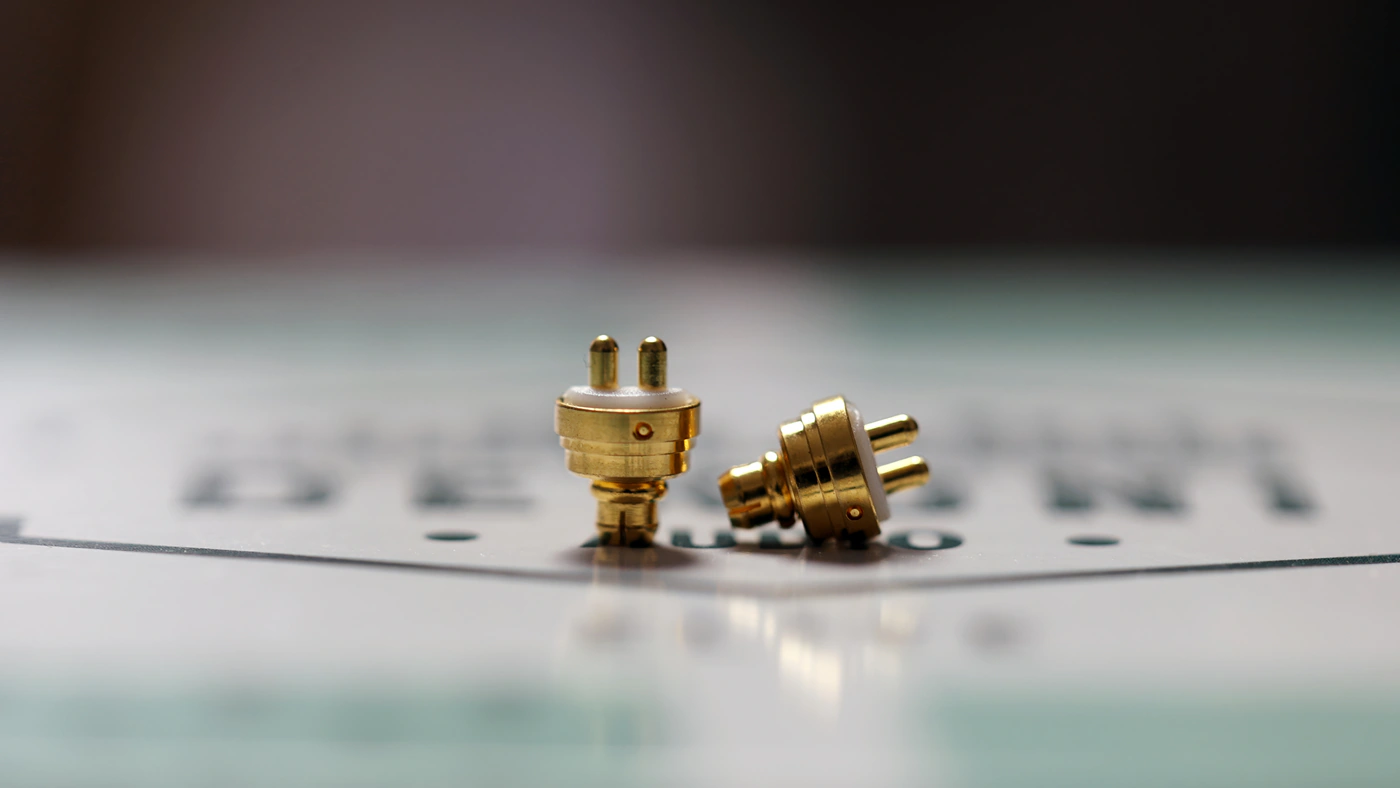
The inner build is a 25.5 AWG Ultra High Purity OCC Copper metallic build with a multi-sized stranding design. Eletech implemented a high-dispersion geometry, with a kevlar resilient core for the cable, so although it feels light and flexible, you’re never likely to break it. The copper inside is cryogenically treated, and Eletech has their own customized Jack connectors as well as Y-Split parts.
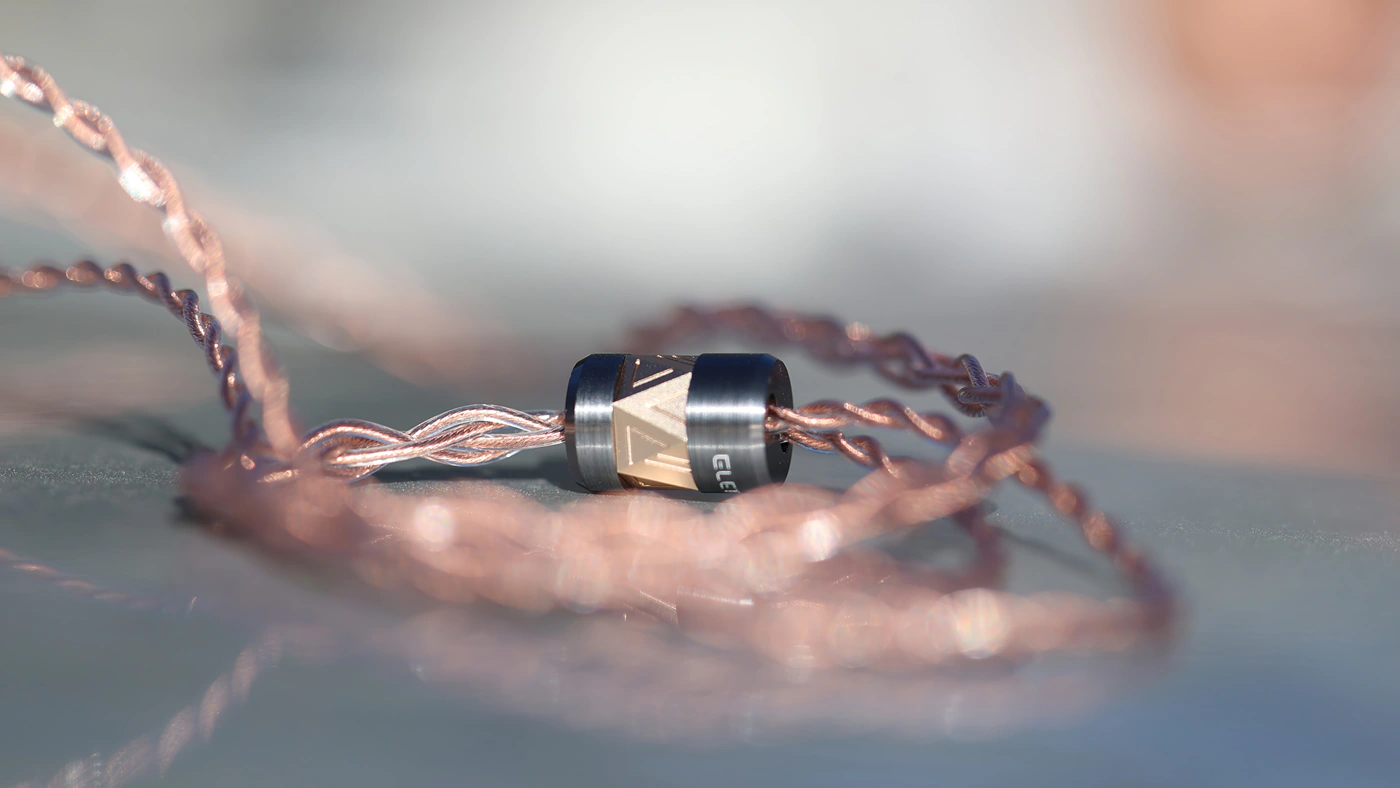
The cable aims to offer a perfect tinge of warmth above a layered vocal, keeping a deep and airy soundstage without loosing precision and instrument separation. Beyond this, I have to mention that there are IEMs that actually sound superb, but which come with what I consider to be very uncomfortable cables, like Sennheiser IE900. Although Sennheiser bundles Ie900 with 3 cables, they are all very uncomfortable and will pull on the IEMs, resulting in poor fitting and comfort, so IE900 was long overdue for a cable upgrade. The problem is that Sennheiser used a special MMCX connector with a thick plastic jacket, which doesn’t allow most MMCX connectors to work with them.
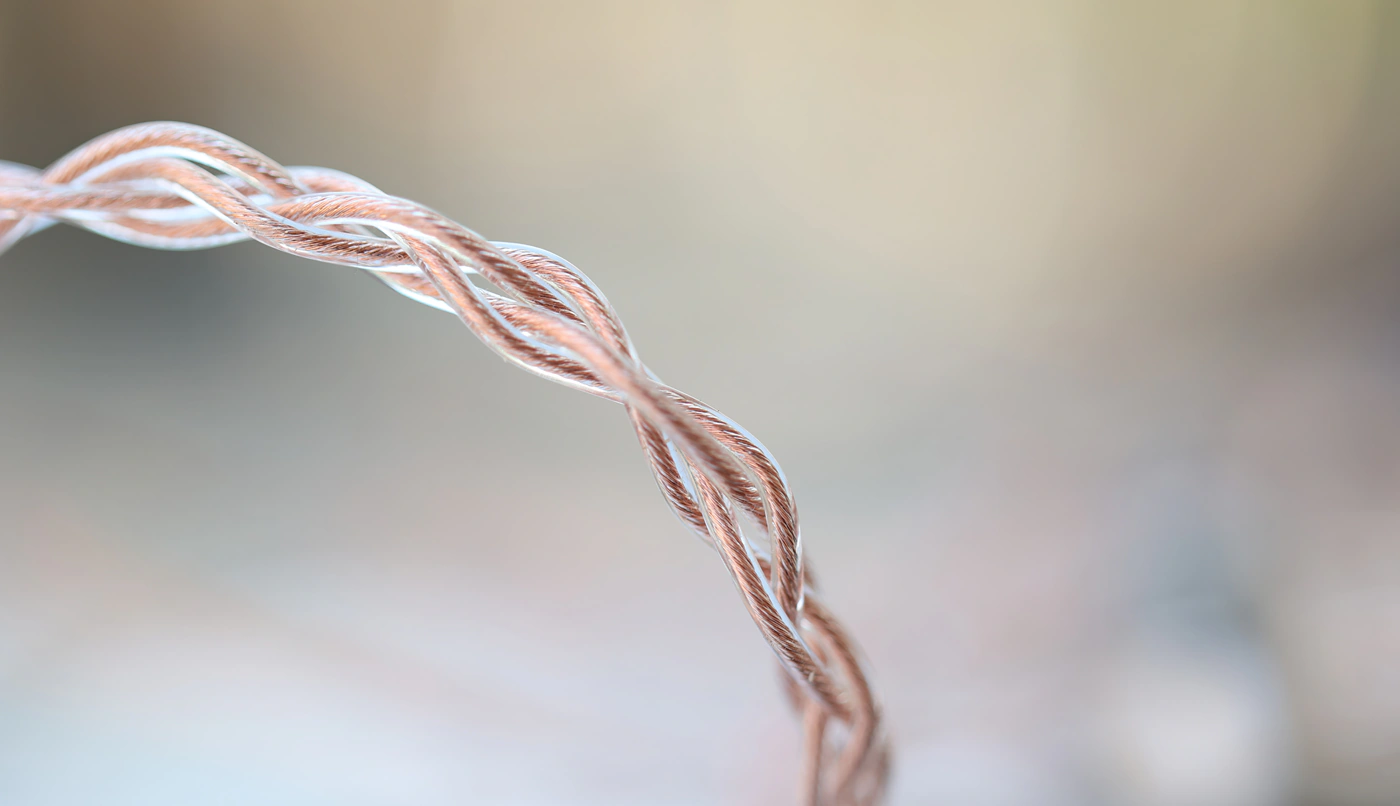
Here is where Eletech comes in and saves the day. The new Versa connectors that Azrael uses are a hybrid connector that you can replace, and they have both 2-Pin and MMCX connectors, but that’s not all, the connectors allow you to use the Azrael with IE900. This is the father of universal connectors, and the MMCX at the cable level have a slightly longer metallic part that goes into the IEMs, allowing for excellent comfort even where it usually can’t be found.
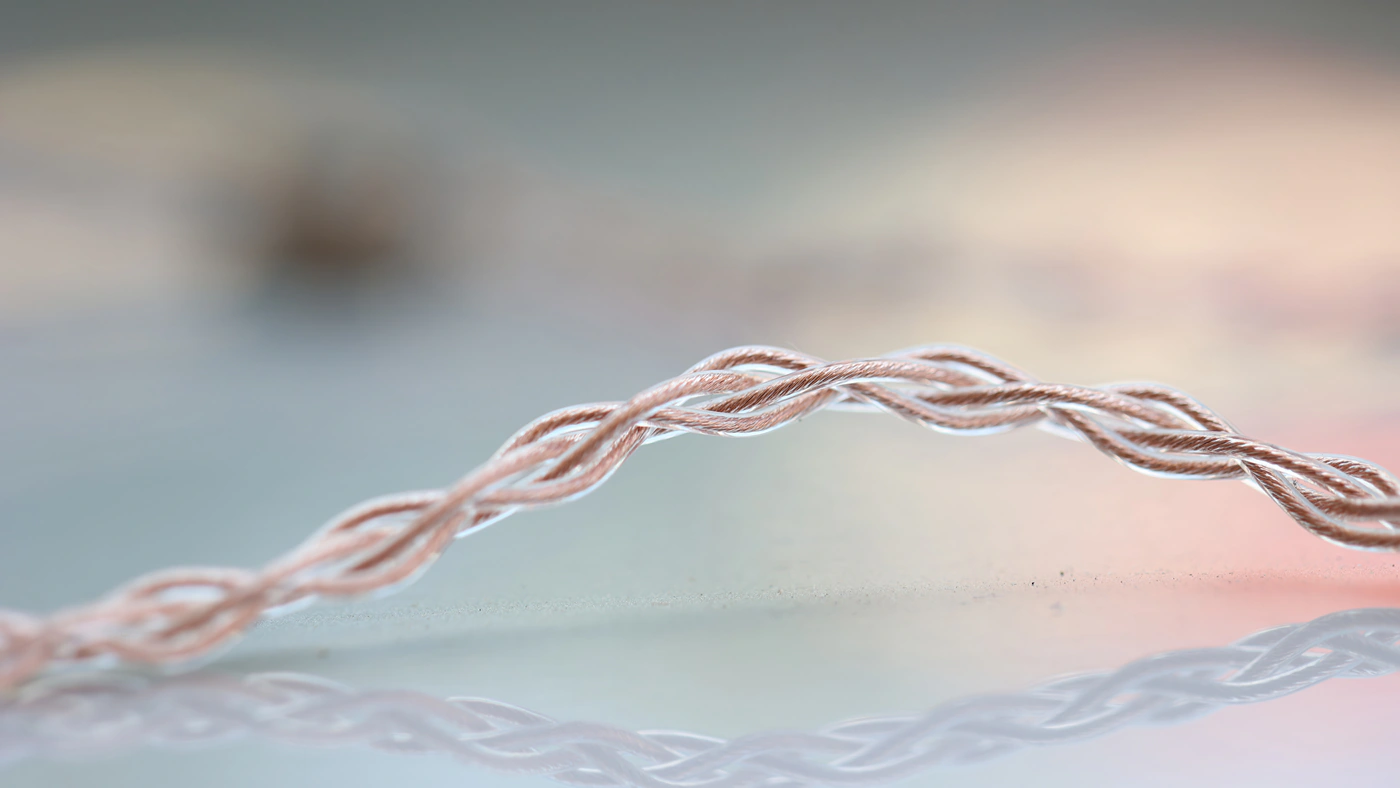
The 2-Pin connectors are also perfect, and they work with all 2-Pin based IEMs, but the surprising part was that they do work with all MMCX based IEMs, like IE900, CAmpfire Cascara, Campfire Bonneville, and so on. The improvement in ergonomics and comfort is so large that I literally strap the Azrael on any MMCX IEM I am using, as I would much rather have this cable than the default with most IEMs. The part that goes around your ear has a springy, soft material which seems to aid with the comfort, but it is good to keep in mind those are not comfortable for every ear, and a design with no such guide would actually theoretically offer the best comfort.
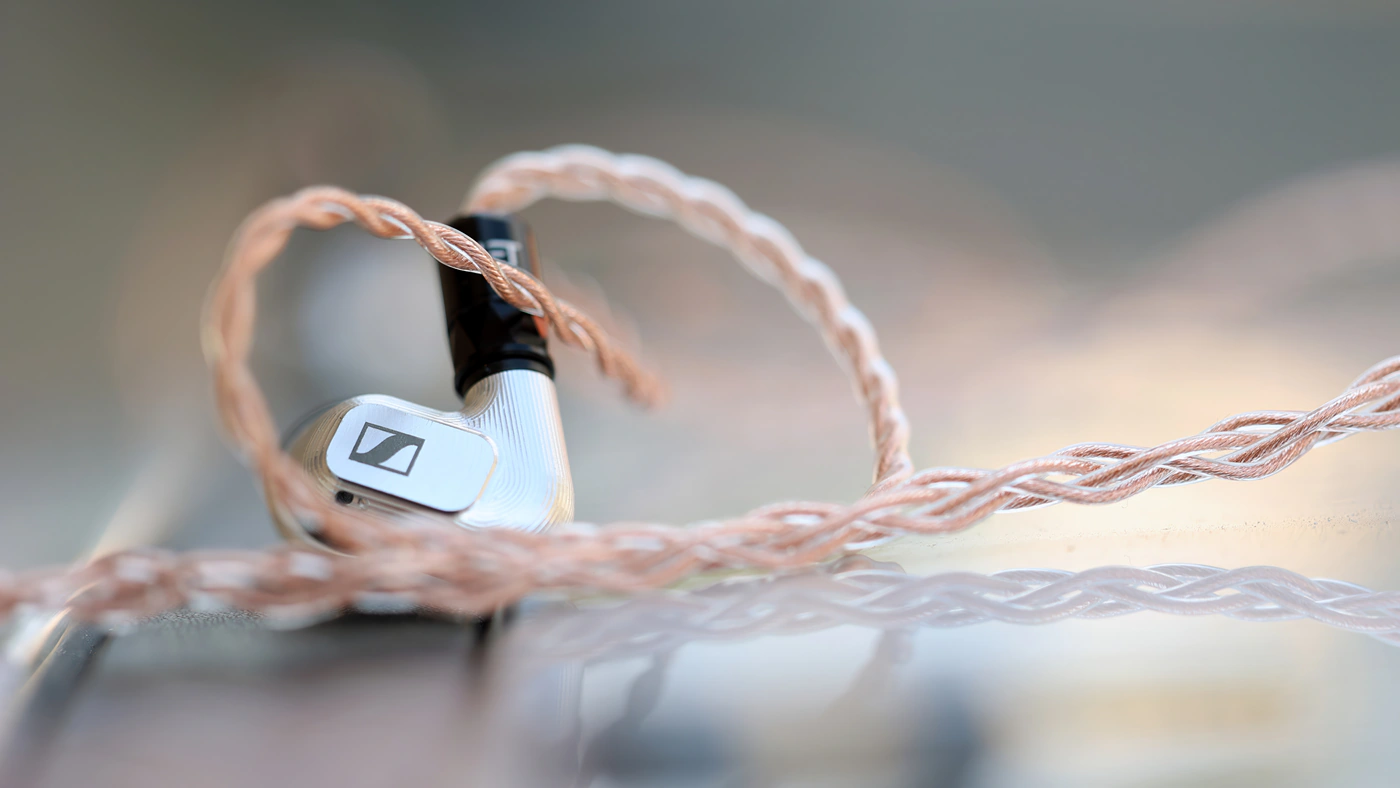
To fully test the cable, I have used iBasso DX320 MAX Ti, iBasso DX260, Topping A50 III driven by Topping D50 III, Burson Playmate 2, HIDIZS S8 PRO Robin, and Dethonray Listening M1. The IEMs I have connected to the cable are Soundz Avant, Sivga Nightingale, ZiiGaat Cincotres, Letshuoer D13, RAPTGO Leaf D01, IMR Dark Matter, 7Hz Aurora, and Spirit Torino Twin Pulse Beryllium. For every single IEM, the comfort has been perfect and the connectors work wonders, plus the 4.4mm Jack fits perfectly with every single source, making my whole experience top notch.
Sound Quality
Overall Signature – You could say that most cables have more of a vague signature and tuning, and their impact on sound is lower than that of a DAC or Amplifier or Headphones / IEMs, but a good cable can fine tune and improve the sonics of an earphone big time, plus after reviewing over 707 products at the moment I am writing those lines, I could say that I always heard a change in sound when replacing the cables of my earphones. Eletech Azrael delivers a juicier midrange than the default cable of most IEMs, a full and bold bass, with excellent dynamics and a wide, holographic soundstage, with a slightly improved instrument separation and clarity. The overall sound brings sweetness to male voices and gives instruments a magical warmth, from rock to metal, from Johnny Cash to Judas Priest.
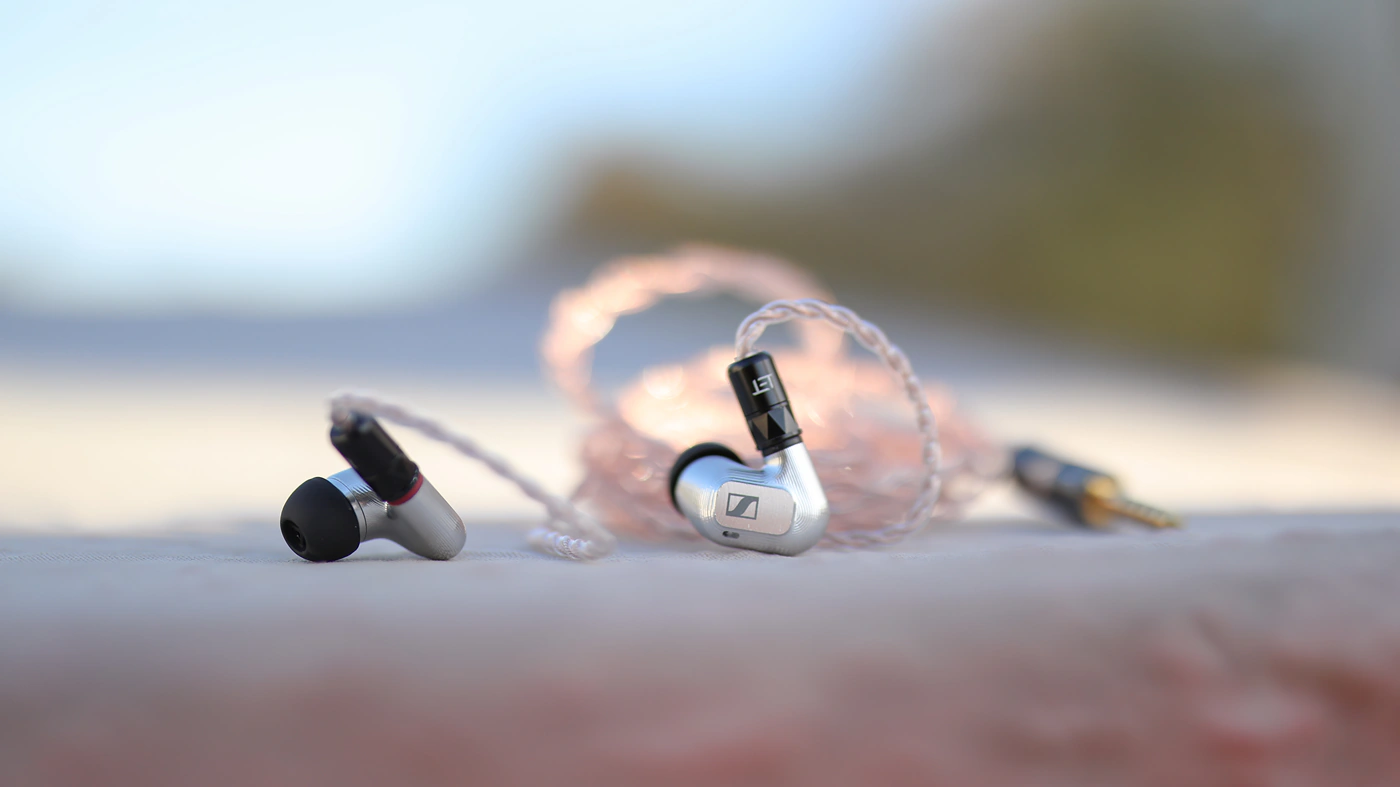
Bass – The bass gains a bit of warmth and depth with the cable, compared to most cables. The overall tuning brings a slightly fuller and more solid bass, with a slightly more natural impact, and a natural speed, instead of a too slow or too fast one. With Gojira – L’enfant Sauvage, the bass notes are full, chugg and slow, hitting deep and creating a full, satisfying experience for the song. The voices are pushed slightly in the background, while cymbals crash, and the entire drum sound shines in the spotlight, sounding forward and brilliant in the treble.
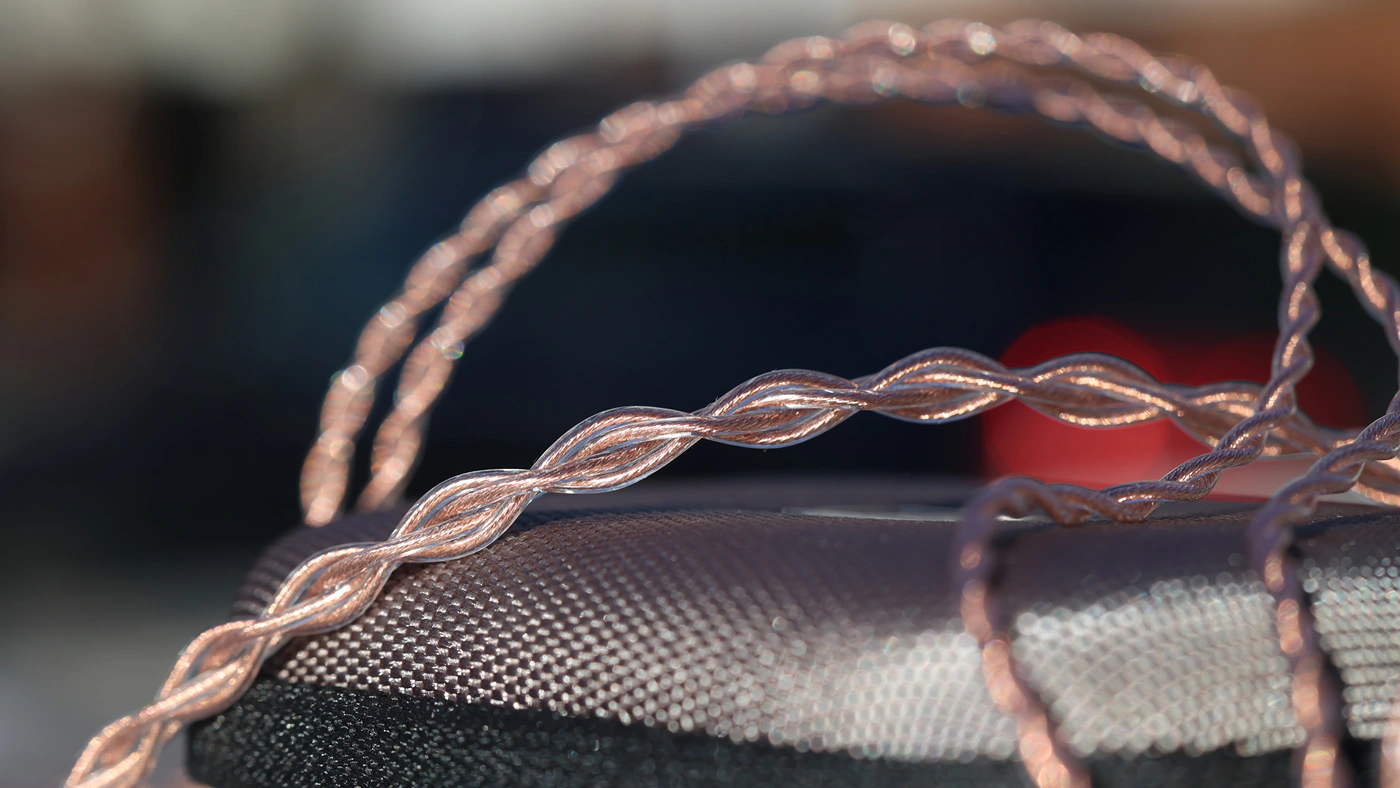
Midrange – To test the midrange, I put on one of my Favorite Tracks, Futakuchi Mana – Datte, where her voice is sweet, crystalline and presented as the forward element in the song, alongside the bass guitar, which is clean and bold. The soundstage and presentation is wide and holographic, while the dynamics are natural, allowing for both forward and background instruments, sound to play naturally. Azrael creates a slightly soft texture and takes a bit of the edge away from music, but does so gently, keeping all the details and resolution in the process. Guitars sound bold and present, while pianos sound slightly less forward, usually being played slightly in the background, widening and deepening the soundstage slightly.
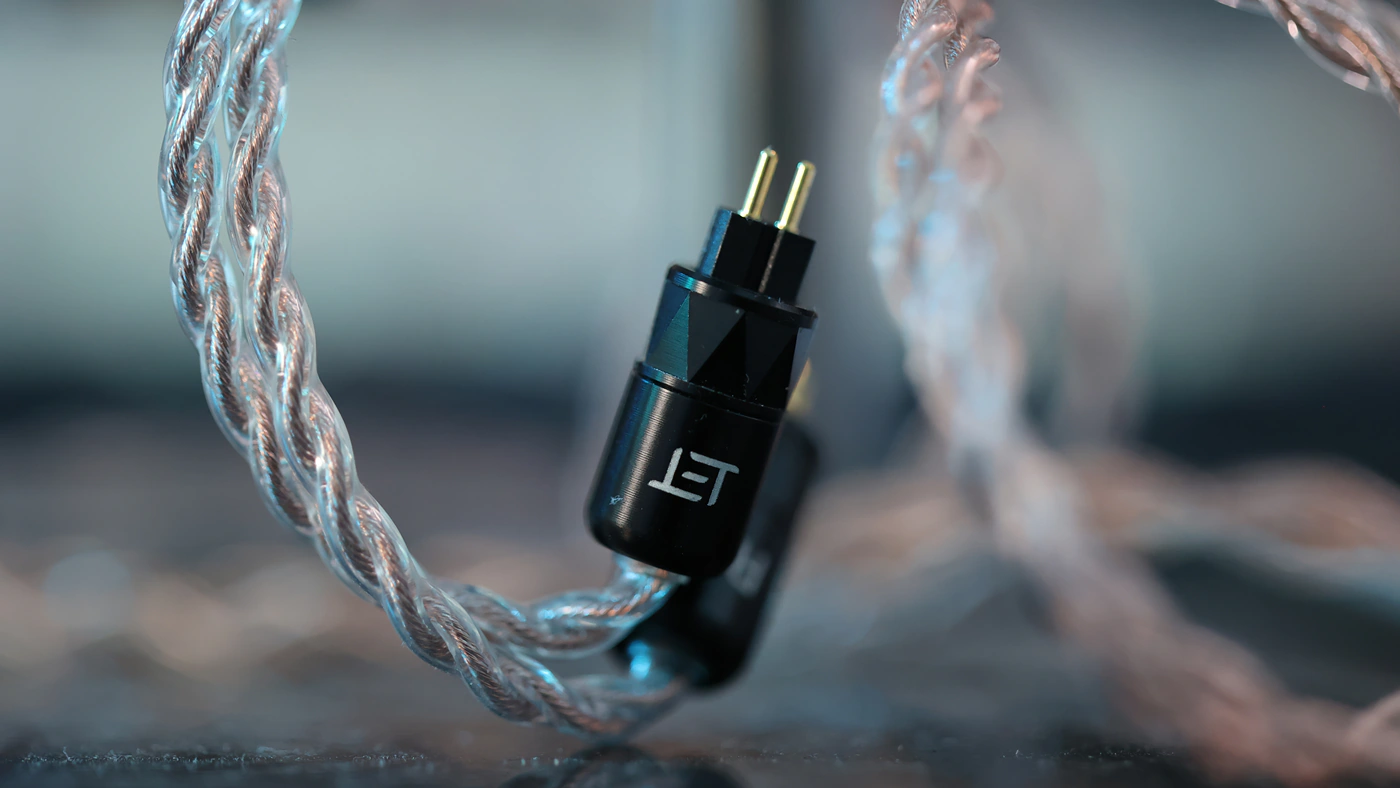
Treble – The main IEM I keep paired with the Azrael is IE900, as the default cable of Ie900 really isn’t of a proper quality, so I know quite well how the Azrael will influence the treble, as the Ie900 has a bright, somewhat aggressive treble. With Azrael, the extension is about just as good, with exceptional air and brilliance, but a slightly softer texture, taking the edginess off while allowing all the details and sharper symbols to be present and vivid. It basically relaxes the treble a bit but without rolling off the extension or lowering the presence / energy of the treble.
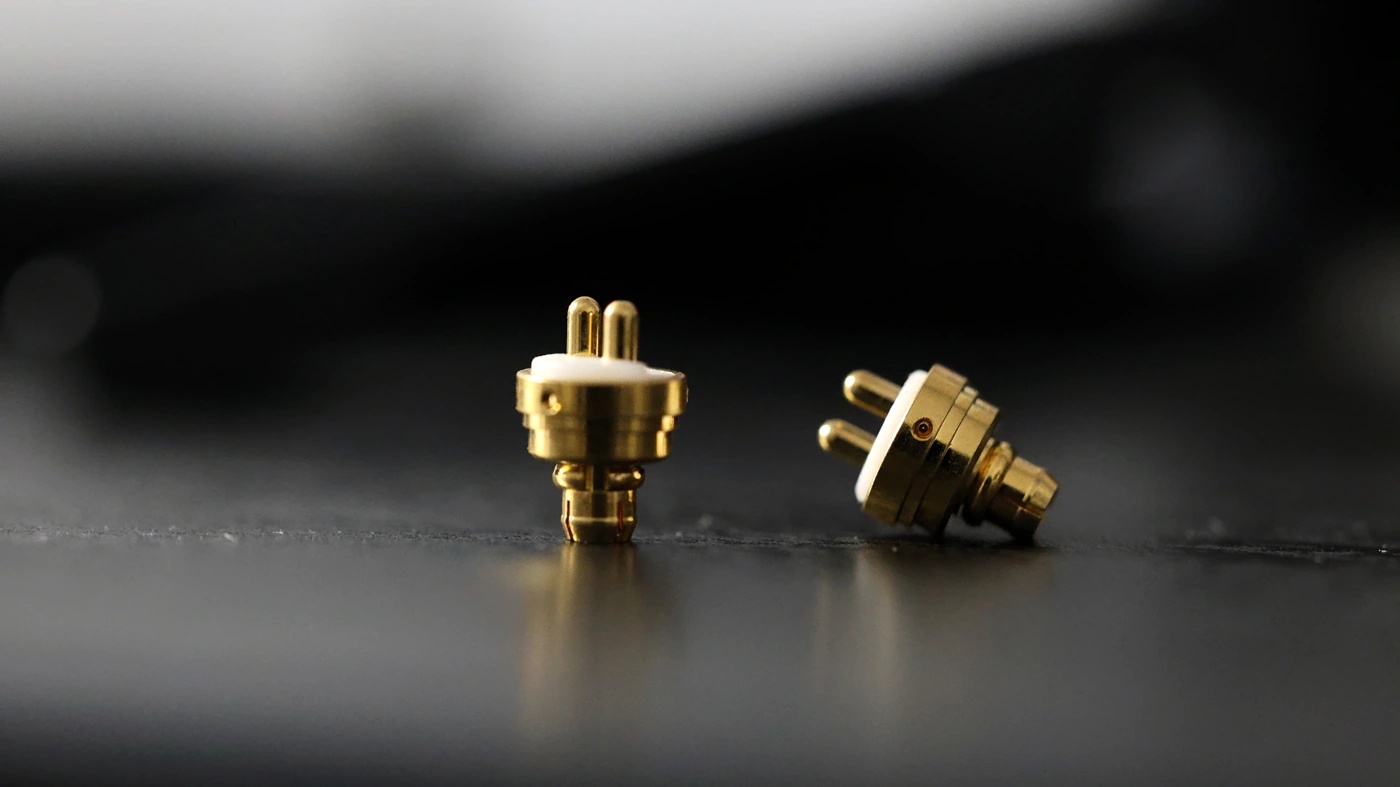
Dynamics / PRaT / Textures – I have noticed rather large changes to textures and dynamics with cables, some of them being able to increase the texture edginess while other relaxing and smoothing the textures. Azrael is the type that makes the textures slightly gentler and less aggressive but does so without erasing the texture or applying too much smoothness over it. Overall, it is a presentation that feels a bit more gentle, and takes away a bit of the impact, in return making the sound a bit more relaxed and softer.
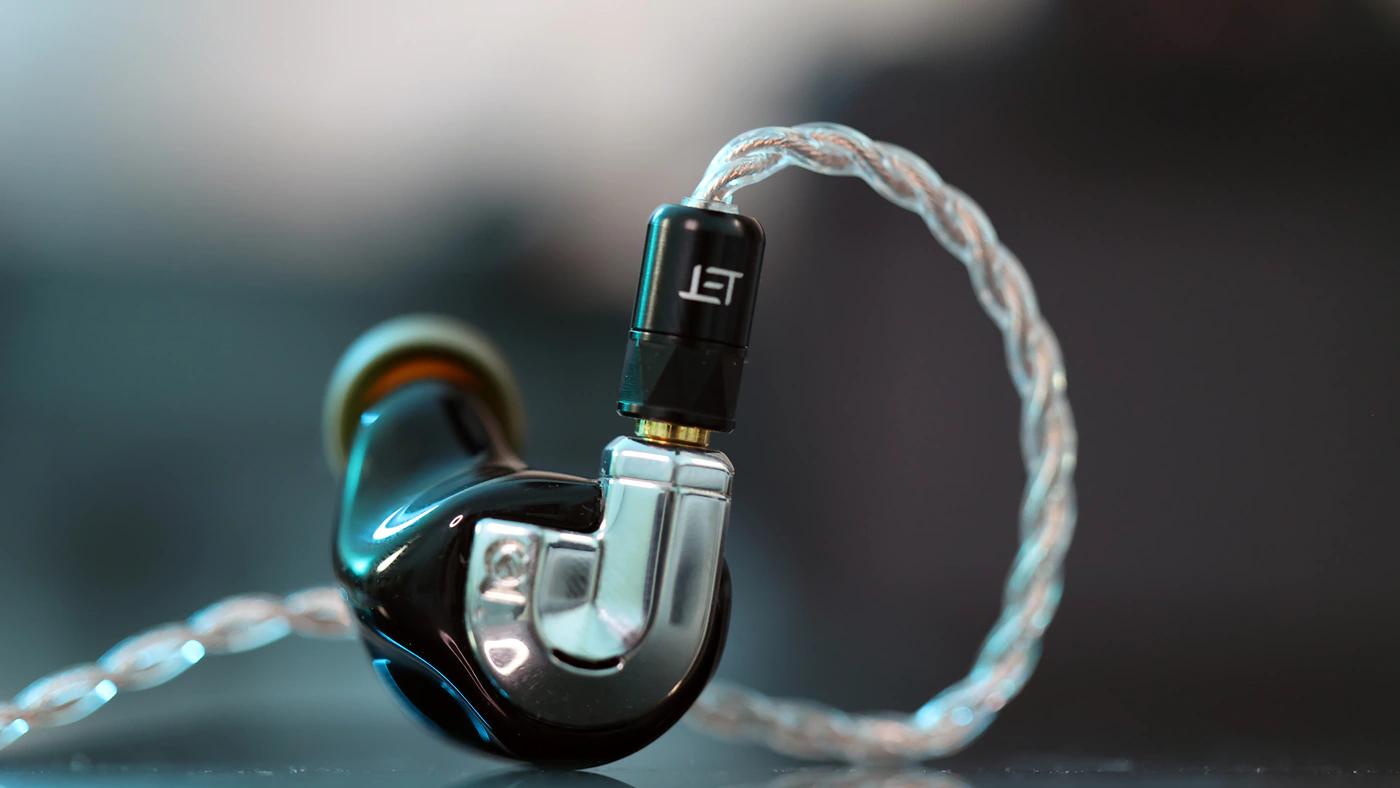
Soundstage – The soundstage seems to become a bit deeper and wider when using the Azrael, it gives instruments more space to breathe, and the slightly warmer, bigger body it gives them improves on the instrument separation. As the treble has a slightly softer presence, but a high extension and energy, each instrument has a bright and good extension, they feel well placed in the sonic space and the soundstage expands beyond the confines of the head and with good songs even the confines of the room, with IEMS.
Comparisons
Eletech Azrael vs ddHIFI BC125A (279 USD vs 229 USD)
Build – The build of the BC125A is nice, but it is a bit springy, and it does conduct slightly more microphonic noise, while Azrael isolates you much better from that as it is loosely braided and much softer. The connectors of the Azrael are much more universal, as it works with both MMCX and 2-Pin IEMs, for the same cable, while with BC125A you have to plan ahead what IEMs you will have. The build quality is great for both, and both look really nice in person.
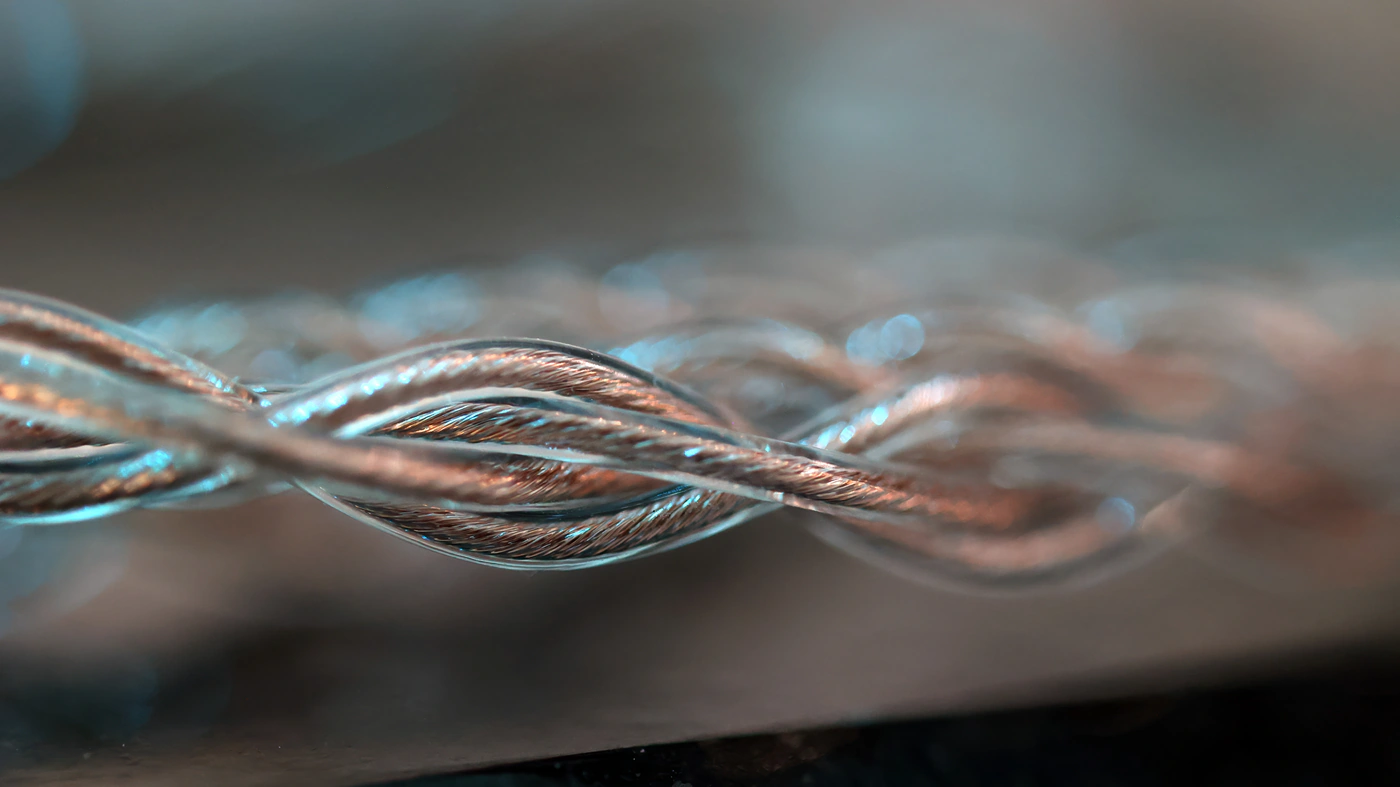
Sound – Sonically, BC125A sounds a bit warmer, more intimate in the soundstage and it seems to compress the dynamics a bit more, bringing forward the background elements a bit, but the texture is smooth and pleasing with no hard edges or fatiguing elements. Eletech Azrael seems to be more revealing, making details and information easier to hear and understand, it separates instruments a bit more, and creates a wider soundstage, with a more holographic approach, the textures are still smooth, but carry a bit more body for each musical instrument, as it has a slightly warmer midrange and bass, generally sounding more dynamically, more relaxed, and more refined.
Eletech Azrael vs Oriveti Affinity II (279 USD vs 299 USD)
Build – Starting with the build quality, Affinity II is a thicker cable with a more solid build, but this means that the cable itself is far more springy, has more memory effet and it conducts microphonic noise more than the Eletech Azrael, but it does have the advantage of having both 4.4mm Jacks and also modular single ended jacks. Both are a serious upgrade over the default cables of most IEMs in terms of comfort and ergonomics, but the softer, more flexible Azrael is nicer in combination with my ears.
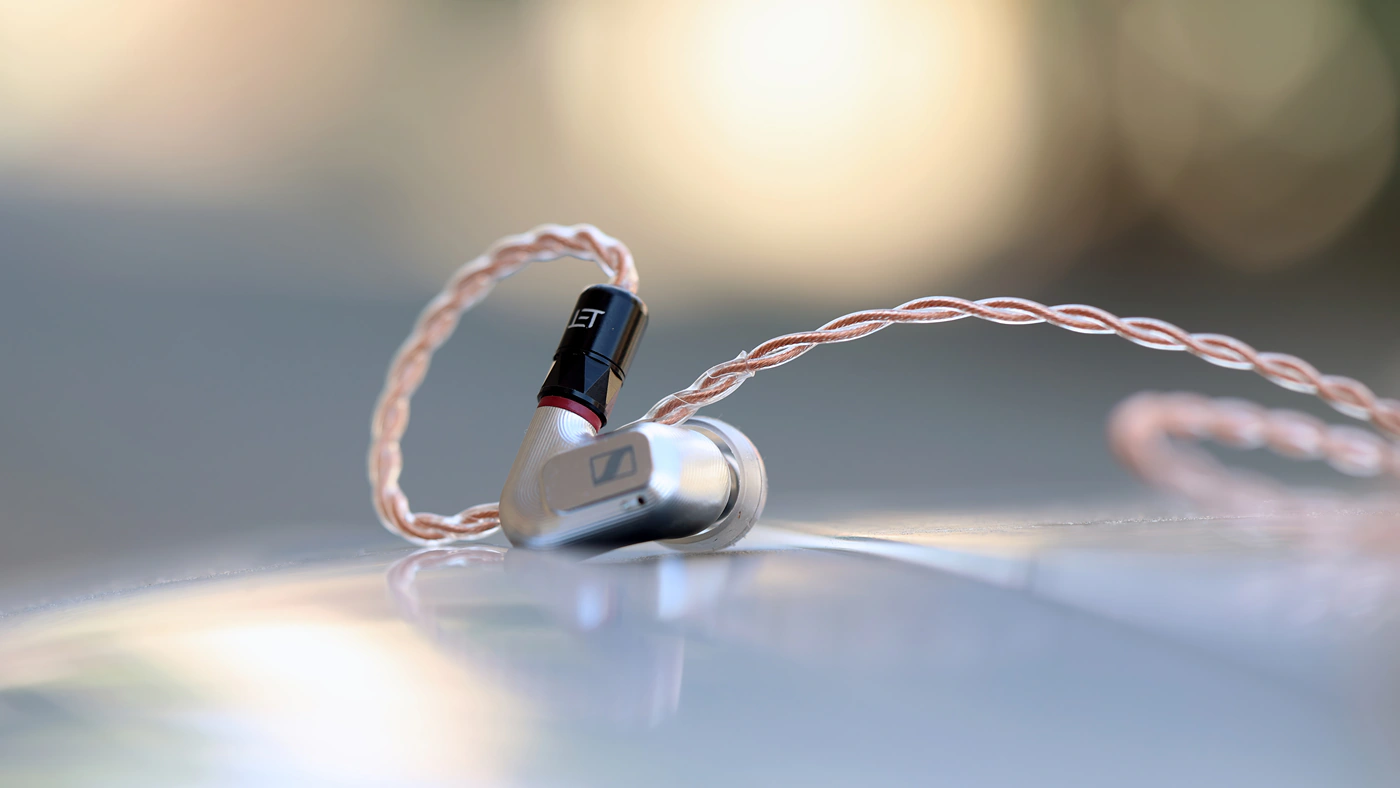
Sound – Sonically, Affinity II is more transparent, a bit cleaner and a bit more neutral having an increased transparency without doing anything remarkable for the sound. When I switch to Azrael I get an immediate boost in soundstage, instrument separation, a slight increase in the warmth, and the midrange becomes a bit more musical and a bit juicier, more dynamic. Both would be great options, Azrael for a slight warm and a wider coloration, with slightly softer textures, while Affinity II for a more transparent, neutral sound.
Eletech Azrael vs STE Cu W16 (279 USD vs 400 USD)
Build – Copper against copper, STE made something unique with their Cu W16, and having two types of materials, the textile covered conductor, and the more naked variant, below and above the Y split, will result in a different microphonic propagation. The comfort of using both the Cu W16 and Azrael is great, although Azrael has a looser braiding, a more flexible build, and this results in lower microphonics and a more comfortable wearing for the cable.
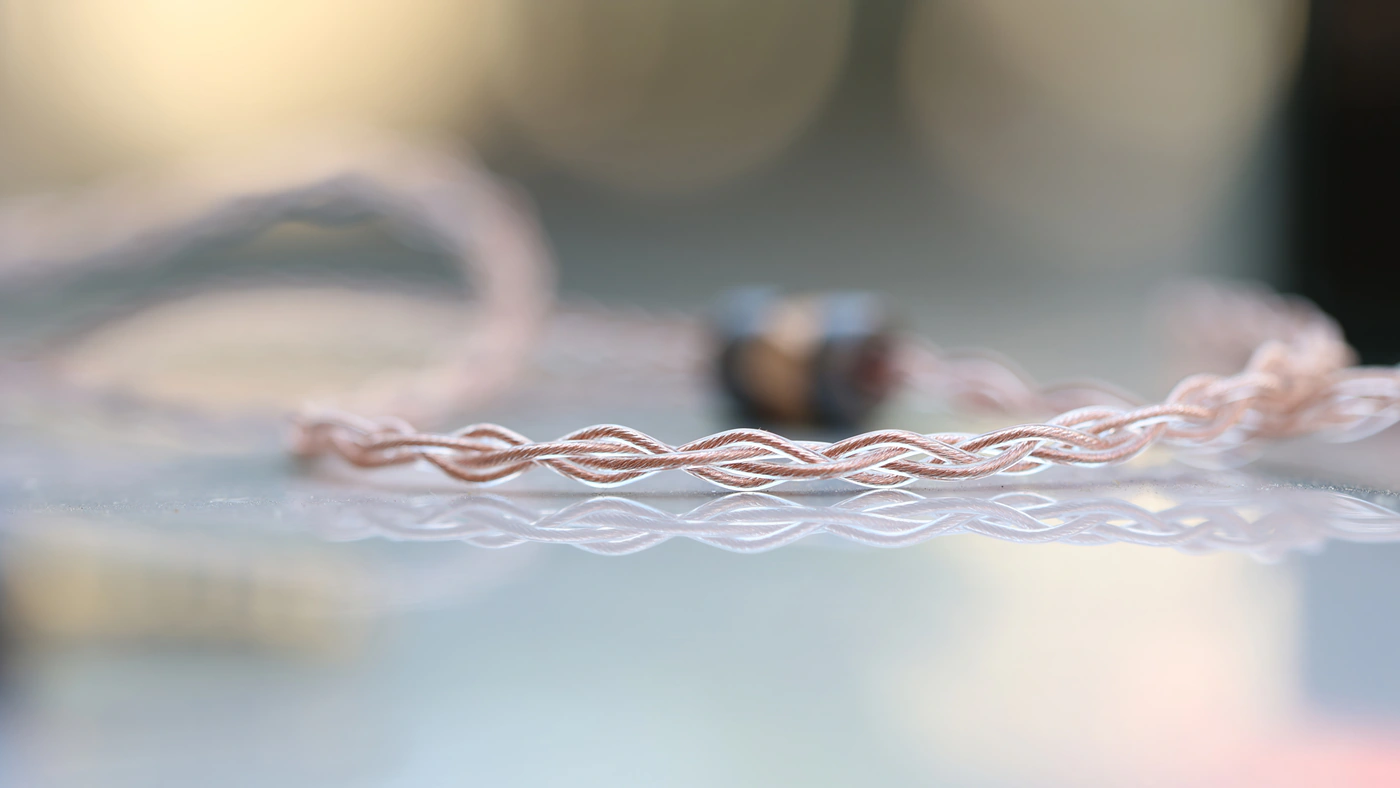
Sound – Sonically, Cu W16 sounds warmer, fuller, thicker and deeper, enhancing the bass and softening the treble quite a bit, while Azrael is a more neutral sounding cable with less specific coloration and a higher degree of transparency. The dynamics are great for both, but Cu W16 makes the soundstage slightly more intimate and deeper, while Azrael makes the soundstage wider and instrument separation a bit better.
Value and Conclusion
While most cables aren’t the most high value upgrades you could offer to your setup, Eletech Azrael is a neat exception, this one is a worthy upgrade you really need if you already have flagship IEMs and want to squeeze the most fun and enjoyment out of them. Not just in tubing and sonics, but also in ergonomics and practicality. Now that Eletech includes Versa connectors, you literally don’t have to replace the cable when you change your IEMs, as it is compatible with literally every single 2-Pin and MMCX based IEMs, so it should stay in your collection for a really long time.

At the end of the day, if you’re looking for improving the ergonomics, comfort and fitting of your IEMs, if you want to give your listening experience a boost in resolution, musicality and overall clarity and if you want a wide, holographic soundstage but with great instrument separation, Eletech Azrael is one of the the nicest cables you can grab for its money, and one that I personally am using on a daily basis thanks to its ergonomics and sound.
Product Link
Official Link – https://elementechnology.com/products/azrael
You can grab one here once it becomes available – https://amzn.to/3VS1cHJ
--- Please remember to stay safe, and always have fun while listening to music!---
- If you have a dime to spare, please donate, and help us! It would make the day brighter for me and my wife-
Full Playlist used for this review
We listened to more songs than those named in this playlist, but those are excellent for identifying a sonic signature. I recommend trying most of the songs from this playlist, especially if you’re searching for new music! The playlists are different for Spotify, Tidal and Youtube, and based on the songs I enjoy and are available on each!
https://www.youtube.com/playlist?list=PL_cjBXGmwSHSdGcwuc_bKbBDGHL4QvYBu
https://open.spotify.com/playlist/5J3oloz8Riy9LxEGenOjQ0?si=979ba4f082414be7
https://tidal.com/browse/playlist/330fd544-8e5b-4839-bd35-676b2edbb3d5
--- Contact Us ---





